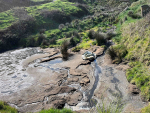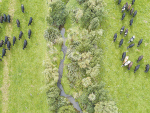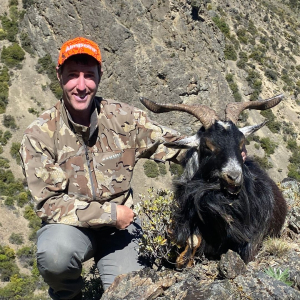The refreshed National Policy Statement for Freshwater Management increases the pressure on farmers to improve their nutrient management.
As the soil starts warming over the next few weeks, farmers will be preparing to fertilise their paddocks. Balancing the best bang-for-buck with protecting economic and environmental bottom lines is critical for farmers and requires advice from fertiliser reps and consultants.
That’s because healthy soils are a balance of biological, physical and chemical properties, and are a dynamic mixture of minerals, organic residues and living micro and macro organisms, all of which support farm production and provide various ecosystem services.
As there are risks when applying fertiliser, and strategies to help you avoid them, it’s recommended all farmers have a nutrient budget and a nutrient management plan for their properties and discuss their situation with their fertiliser rep.
A range of tools will help practice sustainable nutrient management.
Nutrient budgeting is widely accepted as the appropriate first step in managing nutrient use and it’s also the preferred tool for evaluating the environmental impact of farm management practices.
Overseer, a computer decision support model, is being used to advise on nutrient management and greenhouse gas emissions. It predicts what happens to the nutrients brought onto the farm in the form of fertilisers and supplementary feed in the same way that a financial budget can track money.
When doing nutrient budgets in Waikato, bear in mind recent soil quality monitoring results that reveal high fertility and compaction remain problems on dairy and some drystock sites.
Another issue to consider is nitrate leaching. Plants need nitrogen (N) for healthy leaf growth. But N is an extremely mobile nutrient. If more nitrogenous fertiliser is applied than plants can take up, most of the unused nitrogen ends up leaching down through the soil into groundwater. Sometimes N will also be lost to waterways as run-off and some is always released back into the air as gas.
The amount of N leaching from pastures can be reduced by:
• Timing fertiliser application to avoid periods when plant uptake of N will be low, such as when soils are saturated, during heavy rain, colder periods and times of low soil temperatures
• Applying N fertiliser in split dressings (as many split doses as possible)
• Irrigating farm dairy effluent to a large enough area
• Adjusting fertiliser policy for effluent irrigated areas to account for the nutrient value of effluent
• Using fenced wetlands and well-managed open drains as nutrient traps.
• The nutrient phosphorus behaves very differently from N because it binds with the soil and only dissolves slowly in water over time. This means it doesn’t readily leach to groundwater. But it can damage the health of waterways by soil erosion and surface run-off into water.
Farmers can reduce the amount of phosphorus run-off by keeping Olsen P to optimum agronomic levels. Other tips include:
• Following the codes of practice for FertMark and SpreadMark
• Applying fertiliser when the grass is actively growing
• Leaving a grassed buffer strip between paddock and waterway. The strip filters the phosphorus before the run-off reaches the water
• Controlling run-off from tracks, races, feed and stand-off pads.
A clear assessment of fertiliser needs will improve economic returns from pasture and help avoid contamination of ground and surface water with nutrients, particularly nitrogen and phosphorus.
In New Zealand, the common nitrogenous fertilisers are urea (46% N), ammonium sulphate (21% N), DAP (18% N) and calcium ammonium nitrate (27% N). The form of nitrogenous fertiliser best used depends on the cost per unit N and the overall efficiency of the fertiliser N.
• Bala Tikkisetty is a sustainable agriculture advisor at Waikato Regional Council. This email address is being protected from spambots. You need JavaScript enabled to view it.











